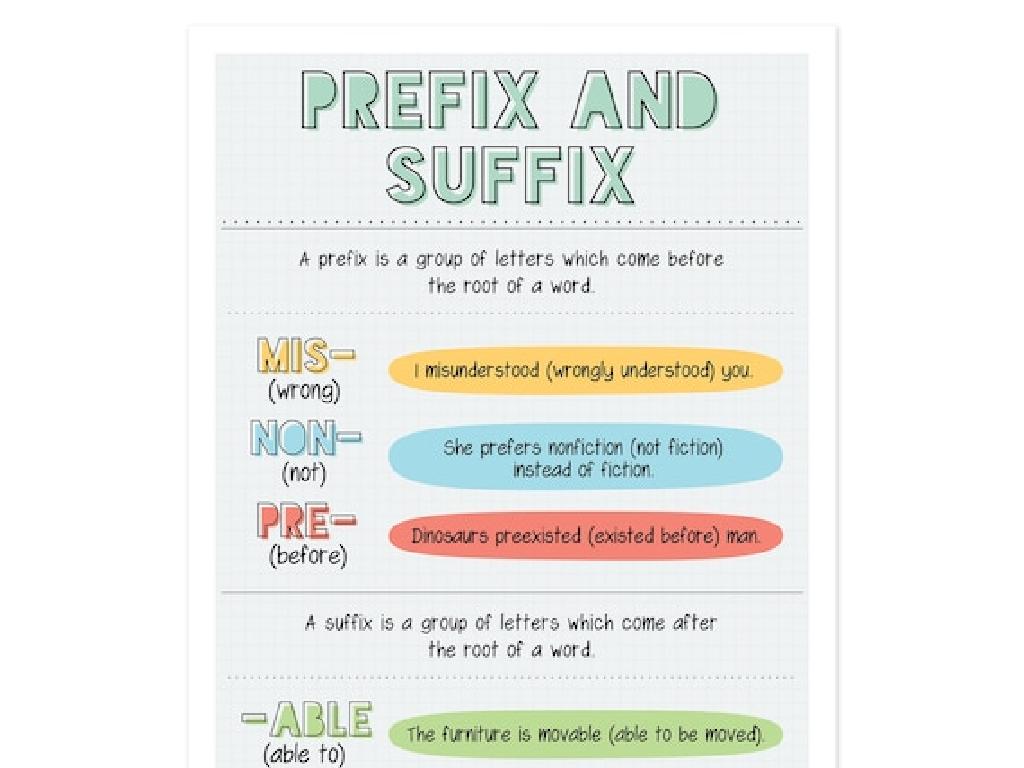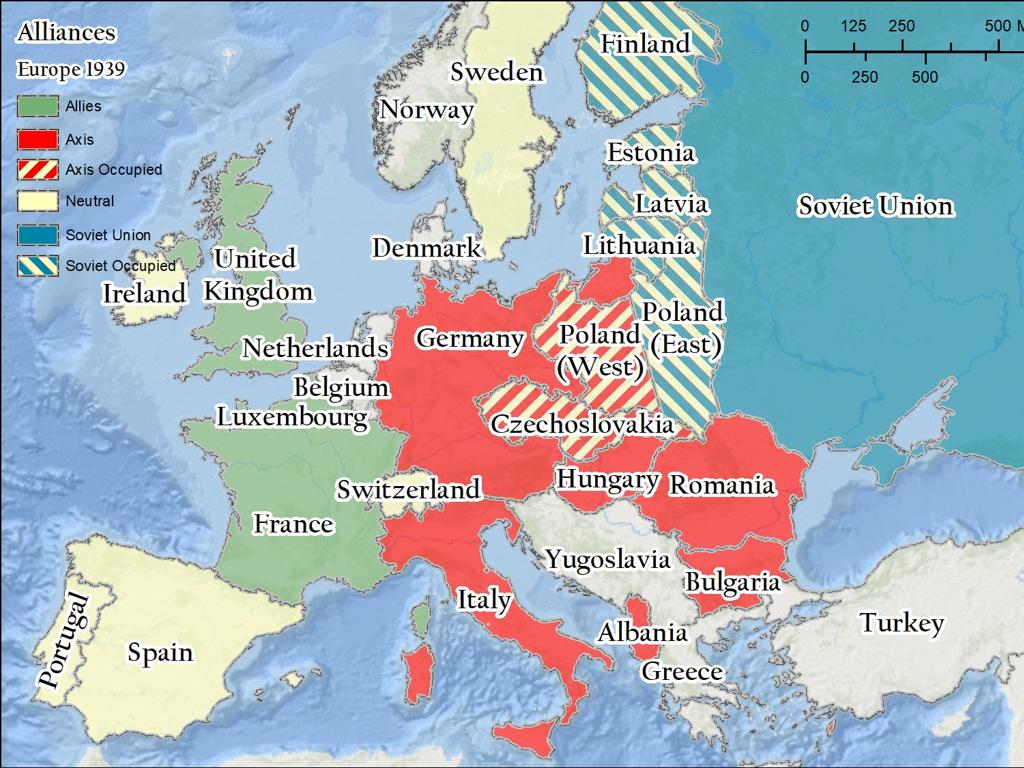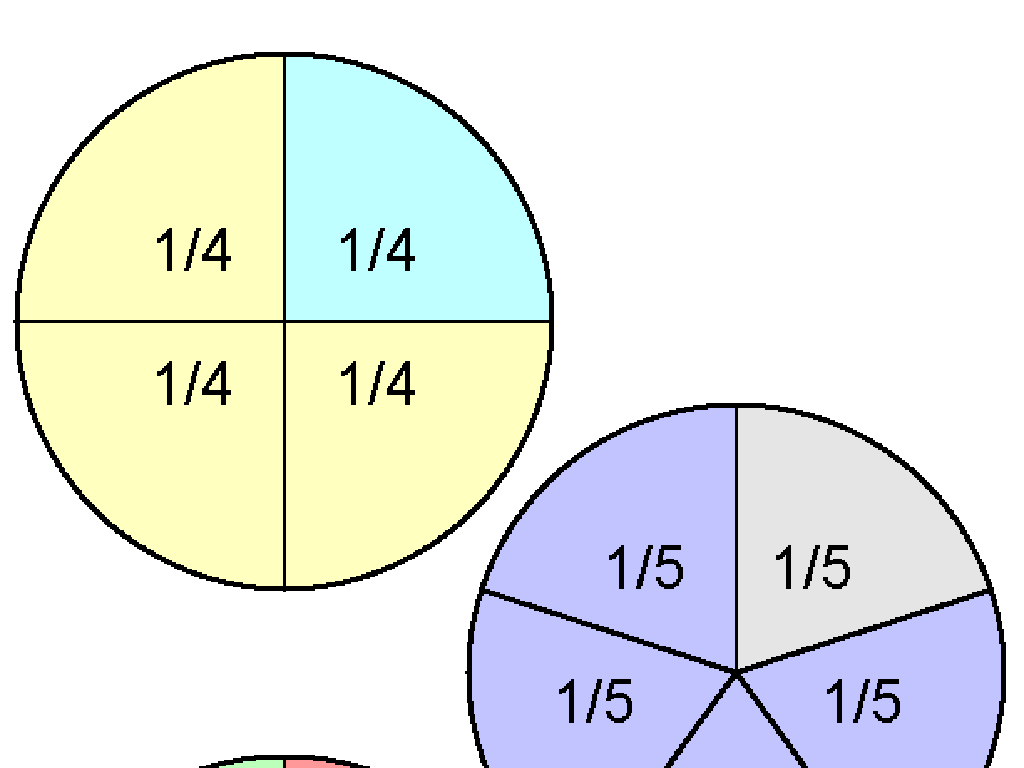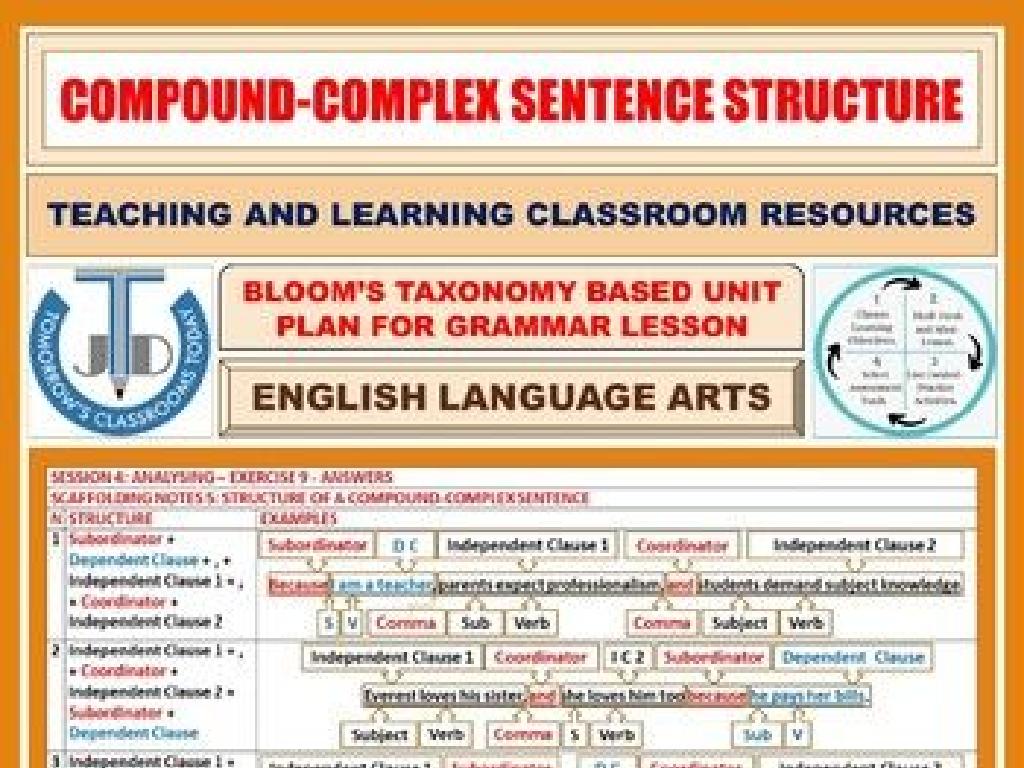Which Number Is Smaller?
Subject: Math
Grade: Pre-k
Topic: Compare Numbers
Summary: Introduce Pre-K students to the concept of comparing numbers by exploring which number is smaller with fun, hands-on activities. Using toys, number blocks, and a number line, children learn to identify smaller values through visual and tactile experiences. Interactive games like number hunts and classroom comparisons make math engaging and easy to grasp. This foundational lesson builds early number sense and prepares young learners for more advanced math skills through play and real-world examples.
Please LOG IN to download the presentation. Access is available to registered users only.
View More Content
Exploring Numbers: Which Is Smaller?
– Numbers are fun to play with!
– Comparing numbers is exciting
– Understanding ‘smaller’ and ‘bigger’
– ‘Smaller’ means not as big or less than another number
– Practice: Which number is smaller?
– We’ll use toys to see which has fewer
|
This slide introduces the concept of comparing numbers to Pre-K students in a playful and engaging manner. The goal is to help them understand the idea of ‘smaller’ and ‘bigger’ in a concrete way. During the lesson, use physical objects like blocks or toys to demonstrate the concept of quantity, showing that a group with fewer items is ‘smaller.’ Encourage the children to participate by picking out the smaller number from pairs that you present. Reinforce the learning by praising correct answers and gently guiding incorrect ones. The activity should be interactive and fun, allowing the children to grasp the concept through play and repetition.
Understanding ‘Smaller’ Numbers
– ‘Smaller’ means not as big
– Compare sizes with objects
– Look at two objects, decide which one is smaller
– Numbers can be smaller too
– Just like objects, some numbers are smaller than others
– Practice with number pairs
– Find which number is smaller: 1 or 3?
|
This slide introduces the concept of ‘smaller’ to Pre-K students using relatable, tangible examples. Start by explaining that ‘smaller’ means something is not as big as something else. Use classroom objects to visually demonstrate the concept by comparing two items and identifying the smaller one. Then, transition to the abstract concept of numbers being ‘smaller’ based on their value. Engage the students with simple number pairs to practice identifying the smaller number. Encourage participation and use positive reinforcement to build their confidence in comparing sizes and numbers.
Numbers All Around Us
– Numbers are everywhere
– Look at clocks, houses, phones
– We use numbers to count
– Counting toys, books, fruits
– Let’s count objects together
– Count items in the classroom
– Which number is smaller?
|
This slide introduces the concept of numbers in everyday life to Pre-K students. Start by showing them that numbers are a part of daily life, such as on clocks, house numbers, and phones. Explain that numbers help us know how many items we have, like toys or books. Engage the class by counting objects together in the classroom, such as blocks or crayons. Then, introduce the concept of comparing sizes of numbers by asking which group has fewer items. This will set the foundation for understanding that numbers represent quantities and can be compared to determine which is smaller.
Which Number is Smaller?
– Use a number line to compare
– A line with numbers in order helps us see size.
– Numbers left are smaller
– Like a race, who is behind?
– Numbers right are bigger
– Like a race, who is in front?
– Let’s practice comparing!
|
This slide introduces Pre-K students to the concept of comparing numbers using a number line. Explain that a number line is a visual tool that helps us understand the size of numbers in relation to each other. Emphasize that numbers increase in value as we move to the right and decrease as we move to the left. Use simple language and real-life examples, such as positioning in a line or a race, to illustrate the concept. During class, engage students with a hands-on activity where they can physically place numbers on a number line and practice identifying which numbers are smaller or larger. Provide guidance and positive reinforcement as they learn to compare numbers.
Let’s Compare Numbers!
– Look at two numbers
– Use the number line
– A line with numbers in order, like a ruler
– Left number is smaller
– Numbers on the left are less than numbers on the right
– Example: 2 and 3
– On a number line, 2 is left of 3, so 2 is smaller
|
This slide introduces the concept of comparing numbers using a number line, which is a visual tool that helps Pre-K students understand the relative size of numbers. Emphasize that the number line is like a story, where each number has a place from the beginning (left) to the end (right). The further left a number is, the smaller it is. Use simple examples with small numbers to ensure understanding. During the class, you can draw a number line on the board and have students come up and point to which number is smaller or larger. Encourage them to explain why one number is smaller or larger than the other.
Fun With Comparing Numbers
– Choose two number blocks
– Which block is smaller?
– Look at the numbers and decide
– Smaller numbers take less space
– Think: Does it look less full?
– Share your findings with the class
|
This activity is designed to help Pre-K students understand the concept of comparing sizes through a hands-on approach. By using physical number blocks, students can visually and tangibly compare the numbers to determine which is smaller. Encourage the children to pick up two blocks and directly compare them by looking at the number of dots or the size of the numbers on the blocks. Remind them that smaller numbers mean fewer items or less space occupied. After they make their choice, ask them to explain why one block represents a smaller number than the other. This will help reinforce their understanding of numerical order and the concept of ‘less than’. Prepare to facilitate a discussion where each student can share their findings with the class, fostering a collaborative learning environment.
Class Activity: Number Hunt
– Let’s go on a number hunt!
– Find objects with numbers
– Look for numbers on toys, books, or charts
– Which number is smaller?
– Use your number line to compare numbers
– Work with a friend and a number line
– Help each other and learn together!
|
This interactive activity is designed to help Pre-K students understand the concept of comparing numbers by engaging them in a fun and collaborative number hunt around the classroom. Provide each pair of students with a number line as a visual aid to determine which numbers are smaller. Encourage them to find various objects that have numbers on them, such as blocks, puzzles, or wall charts. As they work together, guide them to use the number line to compare the numbers they find and decide which one is smaller. This hands-on approach not only reinforces their number recognition skills but also fosters teamwork and communication. After the hunt, gather the students and discuss their findings, reinforcing the concept of ‘smaller than’ through real examples they discovered.
Celebrating Our Number Comparisons
– Fantastic work with numbers!
– Smaller numbers, like smaller things
– Think of a small apple versus a big apple.
– Each of you is a math star!
– Keep practicing at home!
– Try comparing toys by size for fun!
|
This slide is meant to conclude the lesson on comparing numbers by celebrating the students’ efforts and reinforcing the concept that smaller numbers can be thought of like smaller objects, making it relatable to their everyday experiences. Encourage the children by acknowledging their hard work and understanding. Remind them that they are all ‘math stars’ and capable of great things. Suggest that they continue practicing by comparing the sizes of objects at home, like their toys, to reinforce the day’s lesson. This will help solidify their understanding of the concept in a fun and engaging way.





